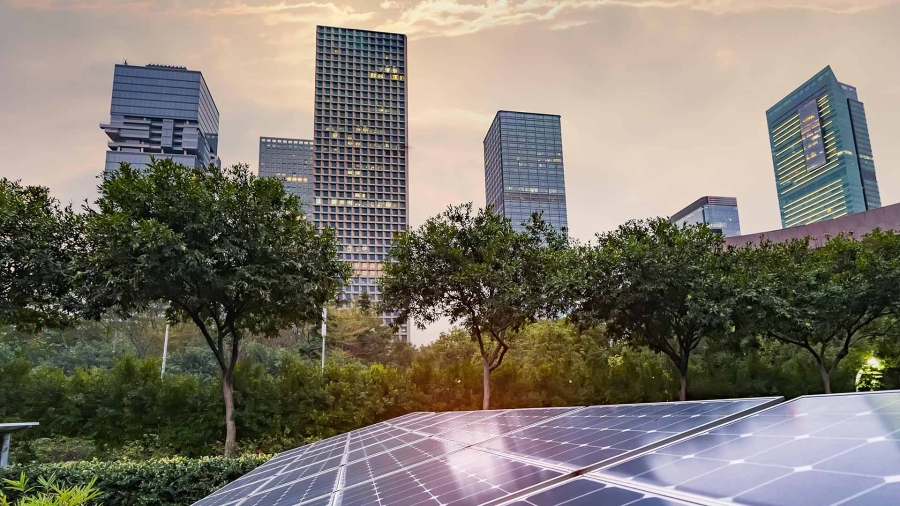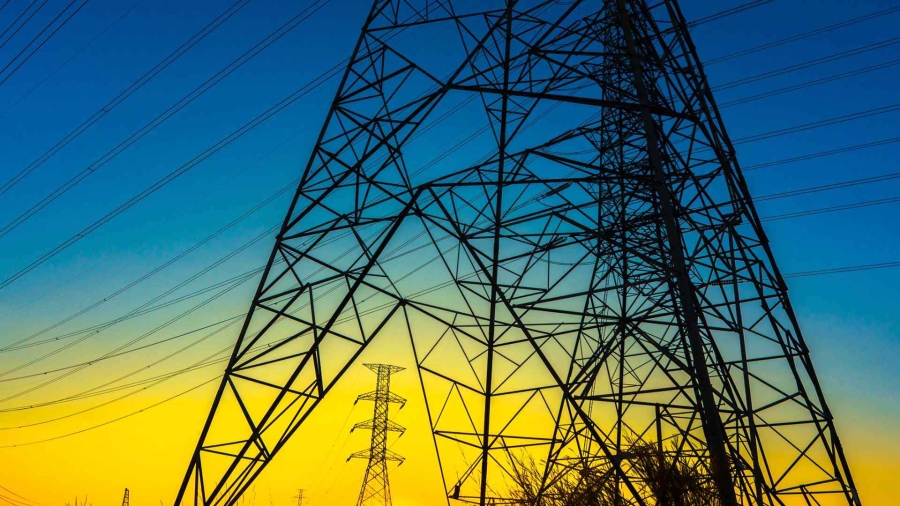Corporate off takers of both direct and financial PPAs can opt for a bundled PPA deal and retain environmental attributes (Renewable Energy Credits in North America) associated with the project’s energy production. With this option, corporations with sustainability targets in addition to financial savings goals can address both outcomes using a PPA.
Financial PPAs are often more flexible than direct deals and therefore appeal to many corporations because:
- Buyers with multiple load centers across grid regions can satisfy renewable energy needs using fewer transactions.
- Corporate buyers avoid affecting their utilities and transacting in the wholesale market only.
- Technical risk and engineering problems are mostly mitigated since electricity is not delivered and developers take on most operational risks.
Although PPAs are an efficient way for many organizations to reduce their operational emissions, they are highly nuanced and require significant market awareness to return the greatest benefits.
Considering a PPA for your company? Contact our experts today.
















